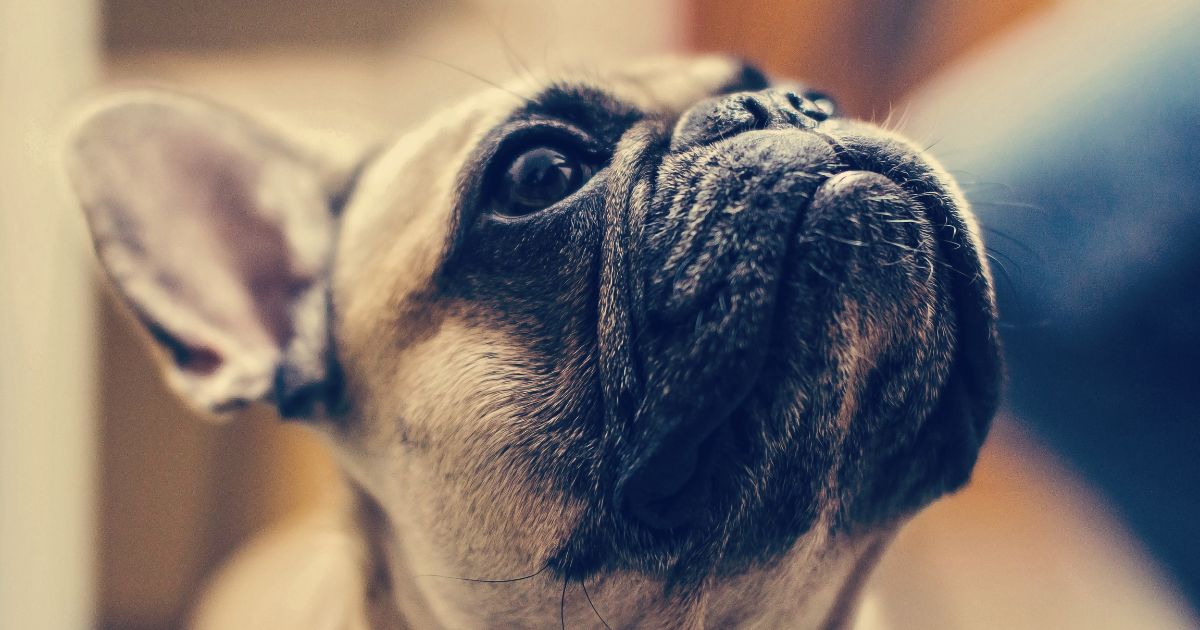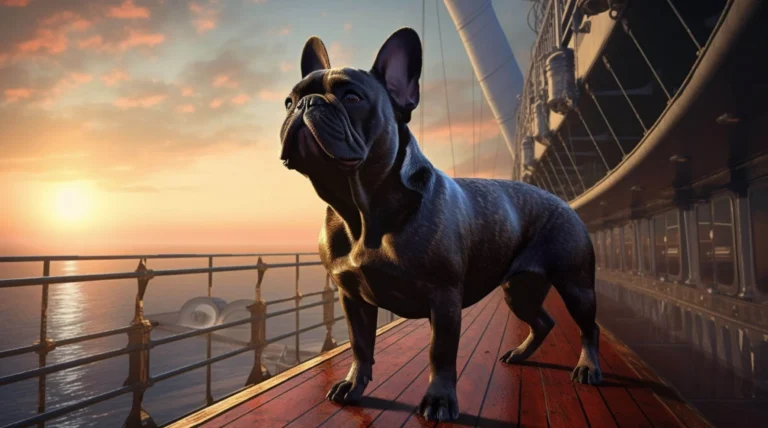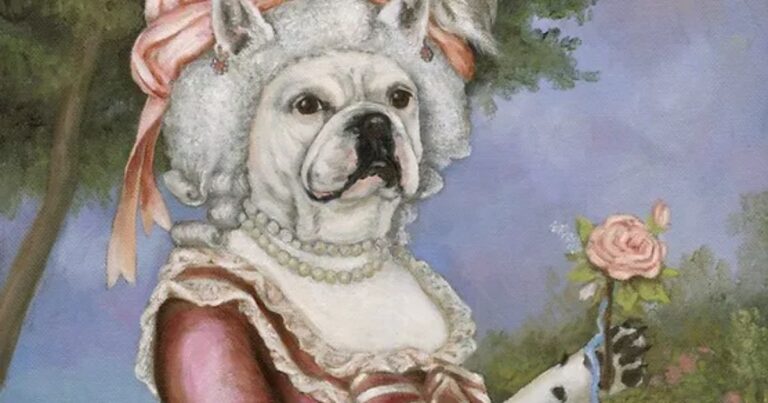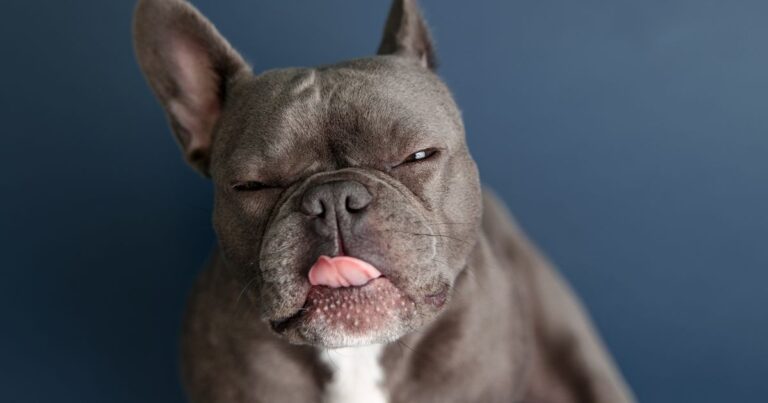The Fascinating History of French Bulldogs: From Bulldogs to Companions
Table of Contents
The Arrival of French Bulldogs in Europe: A Historical Perspective
“A dog is the only thing on earth that loves you more than he loves himself.” – Josh Billings
French Bulldogs, with their bat-like ears and smushed faces, have captured the hearts of millions around the world. But have you ever wondered about the origins of this adorable breed? Let’s take a journey back in time to the 19th century and explore the arrival of French Bulldogs in Europe.
The History of French Bulldogs
The story of the French Bulldog begins in England during the 1800s. Bulldogs were popular in England at the time, particularly among lace makers in Nottingham. These small, toy-sized Bulldogs were excellent ratters and provided companionship to the lace makers. However, the Industrial Revolution led to a decline in traditional crafts like lace-making, forcing many artisans to seek opportunities elsewhere. Many of these lace makers migrated to France, taking their little Bulldogs with them.
Arrival in Europe
The small Bulldogs quickly became popular in France. Their compact size made them ideal for city living, and their unique appearance set them apart from other breeds. The French began to selectively breed these dogs, favoring traits like their bat ears and short snouts. This is how the French Bulldog, or “Bouledogue Français,” came into existence.
The French Bulldogs were different from the English Bulldogs in many ways. They were smaller, had a more muscular build, and their signature bat ears set them apart. The breed was so unique and charming that it quickly caught the attention of the upper class and city dwellers, making it a popular breed in France and beyond.
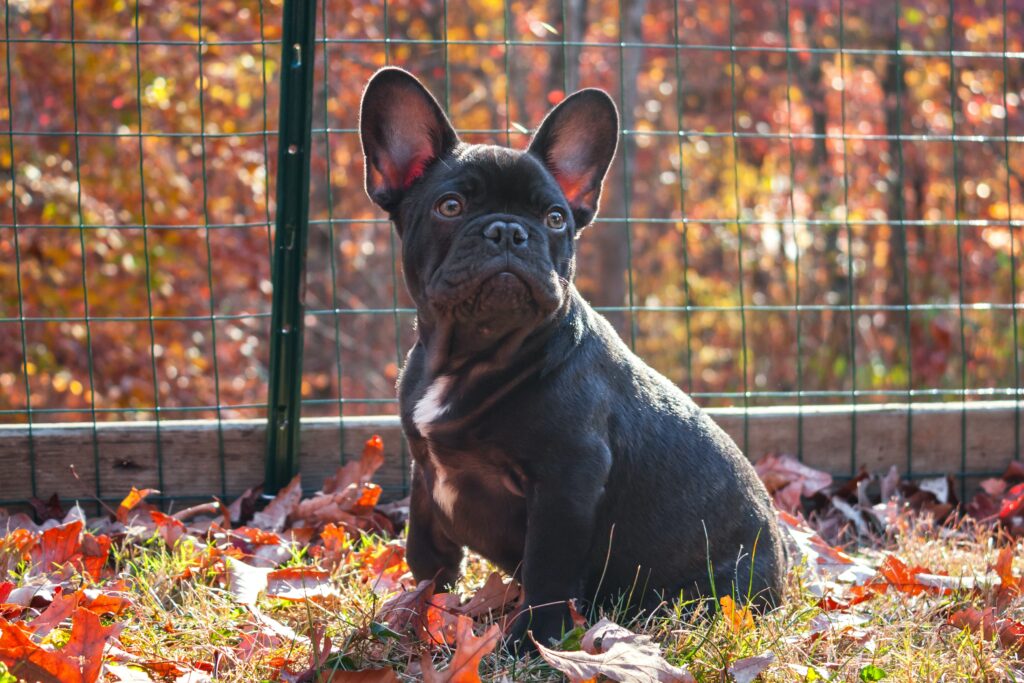
Popularity Among the Upper Class
French Bulldogs became a hit among the upper-class society in Europe. Their unique looks and loving nature made them a favorite among the aristocrats. They were often seen in the company of ladies of high society and were considered a symbol of status and refinement.
The breed’s popularity wasn’t just limited to France. French Bulldogs were also well received in other parts of Europe. They were often featured in paintings, sculptures, and even in opera (the French opera “La Bohème” features a French Bulldog named “Mimi”). *
French Bulldogs in Dog Shows
The late 19th century saw the rise of dog shows, and French Bulldogs were often participants. The breed was officially recognized by the English Kennel Club in 1898, and the French Bulldog Club of England was established in 1902.
Dog shows played a significant role in promoting the breed and establishing breed standards. They also helped increase the breed’s popularity, as people were drawn to their unique appearance and charming personality.
Preservation of the Breed
The early 20th century saw efforts to preserve the unique characteristics of the French Bulldog. Breed clubs played a crucial role in this, setting breed standards and ensuring that breeders adhered to them. Today, the French Bulldog is one of the most popular breeds in Europe and around the world.
Conclusion to History of French Bulldogs
The history of the French Bulldog is a testament to the breed’s charm and adaptability. From the lace makers of Nottingham to the high society of Paris, the French Bulldog has always found a way to capture hearts. Understanding this history gives us a deeper appreciation for the breed and helps us understand why French Bulldogs are the way they are today.
So, the next time you see a French Bulldog, remember that you’re looking at a breed with a rich and fascinating history. And if you’re lucky enough to share your home with one, know that you’re a part of that history too.
‘* The opera “La Bohème” by Giacomo Puccini features a French Bulldog. In the opera, the character Musetta has a pet French Bulldog named “Mimi.” However, it’s important to note that the inclusion of Mimi the French Bulldog can vary depending on the production. Not all productions of “La Bohème” include the character of Mimi the dog. The focus of the opera is primarily on the human characters and their relationships, particularly the love story between Rodolfo and Mimi (a different Mimi, not the dog).
Read more
This post is part of my History and Origin of French Bulldogs series.
Also check out this post: The Titanic and a French Bulldog named Gamin de Pycombe
